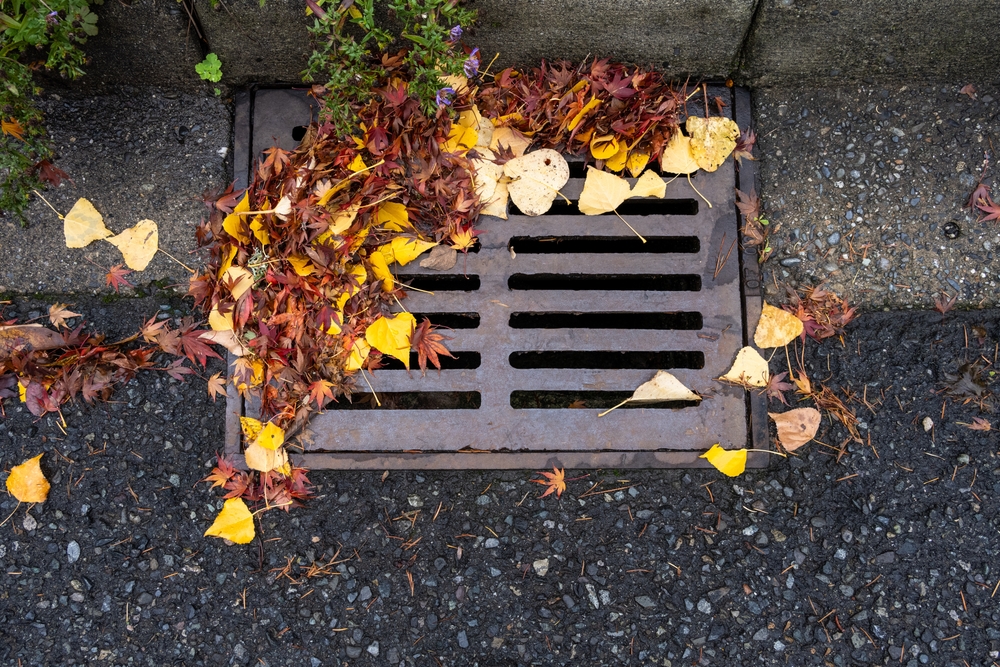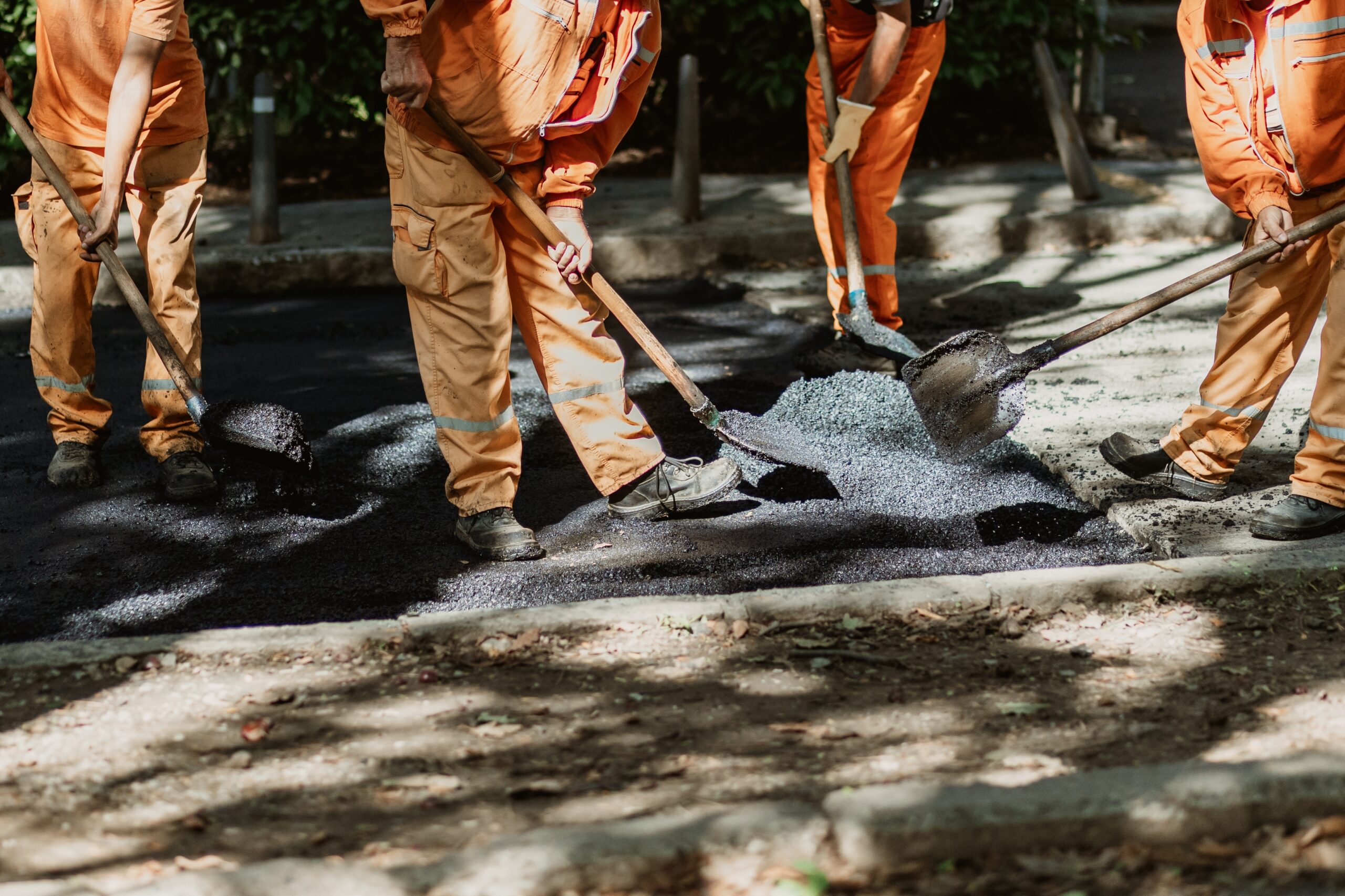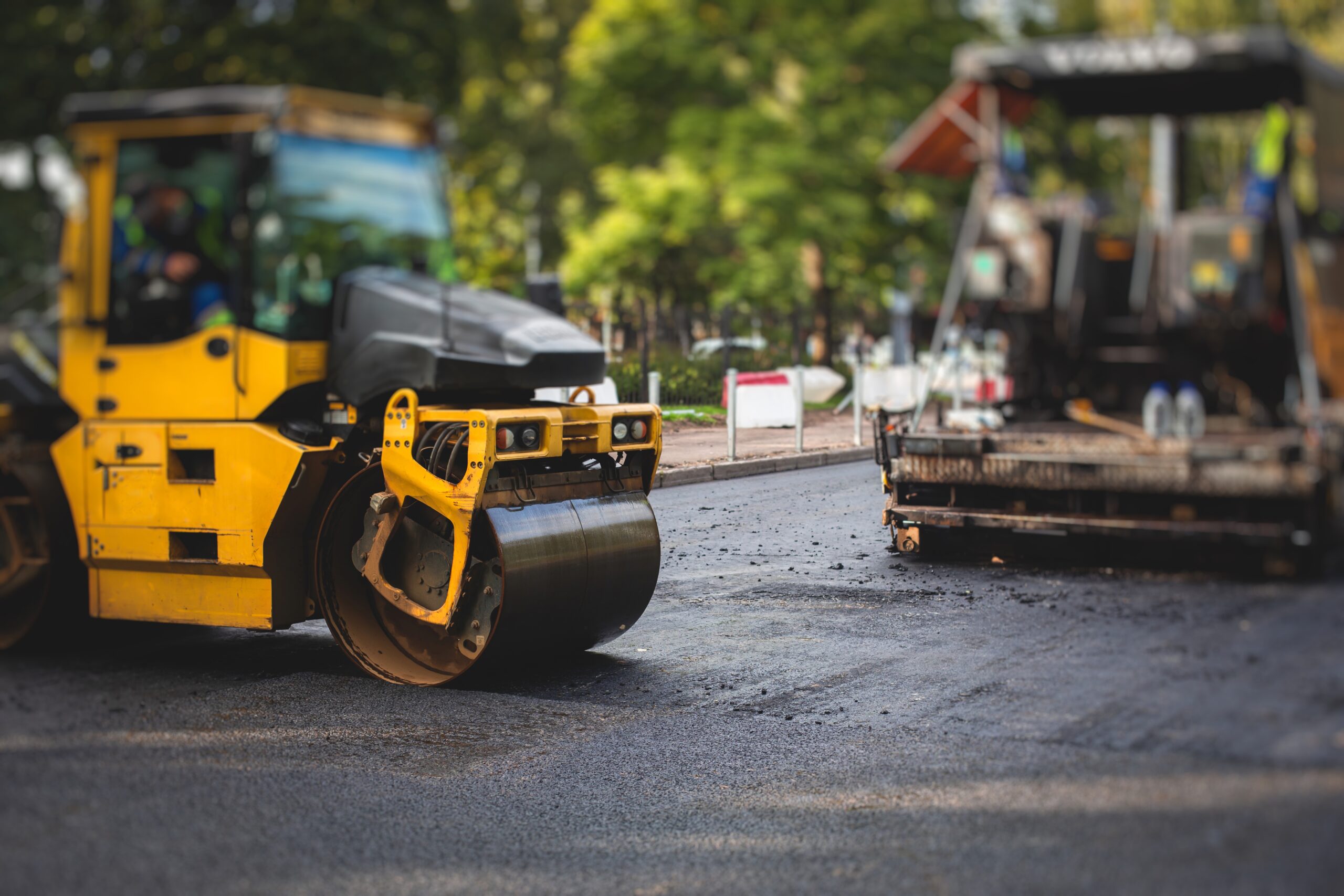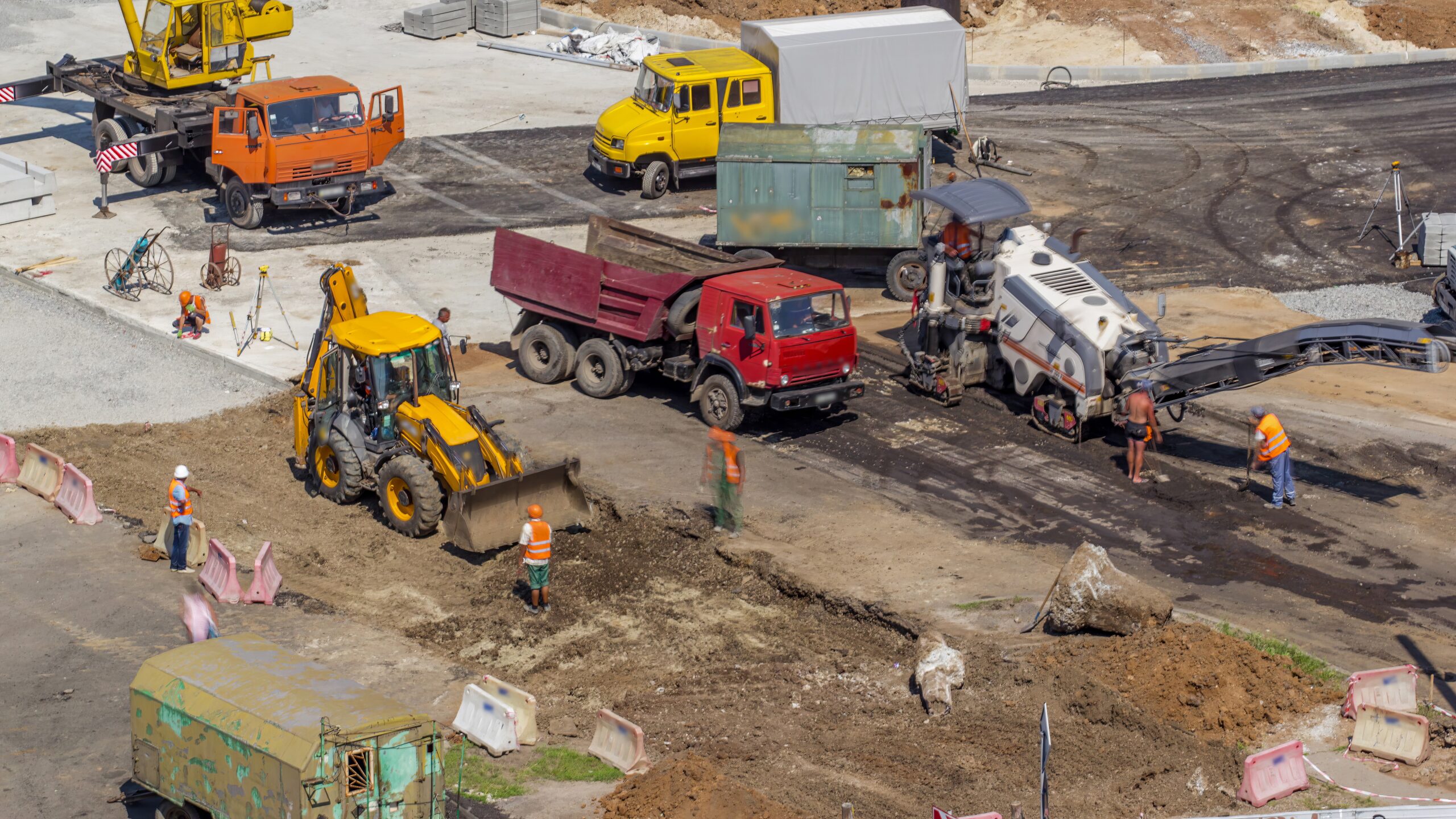
Asphalt surfaces like roads, driveways, and parking lots are built to withstand constant pressure and environmental exposure. However, one often overlooked factor that can undermine their longevity is drainage. Proper drainage is essential for preserving the integrity of any asphalt structure. Without it, water can accumulate on or beneath the surface, leading to erosion, cracking, potholes, and base failure. These issues reduce the surface’s lifespan and increase repair and maintenance costs over time. Effective drainage planning during construction and timely upgrades in ageing systems are critical. By addressing drainage early, property owners can ensure safer, more resilient asphalt that lasts for years with fewer repairs.
Understanding the Role of Drainage in Asphalt Maintenance
When asphalt is properly installed, it is designed to withstand the elements and the wear and tear of daily traffic. However, one of the primary enemies of asphalt is water. Asphalt itself is not completely waterproof, and prolonged exposure to moisture can compromise the integrity of the surface. The role of drainage systems in asphalt maintenance cannot be overstated. Water that pools on the surface or seeps into the underlying layers can cause structural damage that is often invisible at first, but over time, it can lead to serious issues.
Water naturally seeks the lowest point and will follow the path of least resistance. When there’s poor drainage, water gets trapped on the surface or in the subgrade beneath the asphalt. If the water doesn’t drain away quickly, it can cause the asphalt to soften, weaken, and eventually break apart. Proper drainage ensures that water is directed away from the asphalt surface, preventing long-term damage and maintaining the road’s structural integrity.
How Poor Drainage Accelerates Asphalt Deterioration
Without a proper drainage system, asphalt paving surfaces are highly susceptible to the damaging effects of water accumulation. Here’s how poor drainage accelerates the deterioration of asphalt:
1. Water Accumulation Causes Cracks and Potholes
As water collects on the asphalt surface or beneath it, the material begins to deteriorate. Initially, this may manifest as small cracks or fissures. These cracks allow more water to seep into the surface, further expanding and deepening the damage. Over time, these cracks grow larger, and if left untreated, they can transform into potholes, which are hazardous to both vehicles and pedestrians.
2. Freeze-Thaw Cycles
In colder climates, the effects of water on asphalt are exacerbated by freeze-thaw cycles. When water seeps into cracks in the asphalt and freezes, it expands, exerting pressure on the surrounding material. This freezing and thawing process repeatedly weakens the asphalt, making it more likely to crack and break apart. The continual freeze-thaw action accelerates the deterioration of the asphalt surface, leading to more frequent repairs.
3. Subgrade Damage
Proper drainage doesn’t just protect the surface layer of asphalt; it also safeguards the subgrade, the soil or material beneath the surface. When water accumulates in the subgrade, it can weaken the foundation, causing it to shift or settle unevenly. This unevenness leads to asphalt cracks, sagging, and surface distortion. Over time, the subgrade can become saturated, leading to further instability and eventual failure of the entire asphalt structure.
4. Asphalt Softening
Water trapped within the asphalt layers can cause the material to soften. Asphalt is a mixture of aggregates and bitumen, a petroleum-based substance. When water seeps into the asphalt, the bitumen can break down, reducing the strength of the surface. A soft, weakened asphalt surface is more prone to cracking, potholes, and deformation under the weight of traffic.
Key Drainage Systems for Asphalt Roads
To prevent water from causing damage to asphalt surfaces, a well-designed drainage system must be installed. Several types of drainage systems are used in asphalt construction, each serving a unique purpose to ensure proper water flow. Here are the most common drainage solutions:
1. French Drains
French drains are trenches filled with gravel or rock and equipped with a perforated pipe that directs water away from the asphalt surface. They are often used to capture water that might accumulate in areas where surface water is a concern. These drains work effectively for redirecting groundwater and surface water away from the asphalt, helping to maintain the stability of the subgrade.
2. Stormwater Drains
In urban or commercial areas, stormwater drainage systems are essential for handling the large volumes of rainwater that may accumulate. These drains consist of catch basins, underground pipes, and outfall systems designed to direct rainwater into storm sewers or natural water bodies. The catch basins collect water from the surface, which is then funneled into the stormwater system for proper disposal.
3. Slope Drainage Systems
Sloping surfaces are another drainage solution for preventing water from pooling on the asphalt surface. By creating a slight slope, water naturally runs off the surface, preventing accumulation and the risk of damage. Slope drainage can be especially beneficial for areas like driveways, where water needs to flow away from the surface quickly.
4. Edge Drains
Edge drains are installed along the edges of asphalt roads to prevent water from seeping into the surface. These drains are typically positioned at the edge of the pavement to channel water away and direct it to appropriate outlets. Edge drains are especially effective in preventing water from accumulating along the edges of roads or parking lots, where pooling can lead to surface erosion.
5. Culverts and Ditches
In areas with heavy water flow, culverts and ditches can be used to carry water away from the roadway. These systems are especially useful for larger roads or highways that need to manage significant volumes of water. Culverts are tunnels built under roads to allow water to flow freely, while ditches are excavated channels that guide surface water to safe disposal areas.
Signs of Drainage Problems in Asphalt
It’s essential to detect drainage issues early to prevent extensive damage to asphalt surfaces. Some common signs of drainage problems include:
- Standing Water: Puddles or stagnant water on the surface after rainstorms indicate that water isn’t draining properly. Prolonged standing water can lead to surface erosion and accelerated deterioration.
- Cracks and Potholes: The development of cracks, potholes, or crumbling edges along the asphalt often signals that water has infiltrated the surface and weakened the material.
- Pooling Around Curbs or Edges: Water pooling around curbs or edges of the pavement suggests poor edge drainage or improper slope, allowing water to infiltrate the subgrade.
- Uneven Pavement Surface: A bumpy or uneven surface may be an indication of subgrade movement caused by water accumulation beneath the asphalt.
If you notice any of these signs, it’s essential to address drainage problems before they worsen. Regular inspections can help catch drainage issues early and prevent costly repairs.
Benefits of Proper Drainage for Asphalt Longevity
Proper drainage not only preserves the surface of the asphalt but also offers a host of other benefits that contribute to the longevity and functionality of the pavement:
1. Prolonged Asphalt Life
With an effective drainage system, water is kept away from the asphalt surface and subgrade, minimizing the risk of water-related damage. This helps maintain the road’s structural integrity, reducing the need for frequent repairs and ensuring that the asphalt lasts longer.
2. Reduced Repair Costs
By preventing water from damaging the asphalt, proper drainage reduces the frequency of repairs. Addressing drainage problems early on can save property owners from costly resurfacing, crack filling, and pothole repairs.
3. Improved Safety
Proper drainage ensures that water doesn’t pool on the surface, which can create hazardous driving conditions. It reduces the risk of hydroplaning during heavy rains and ensures that road markings and signage remain visible and effective.
4. Better Aesthetics
Standing water can cause discoloration and erosion of the asphalt surface. Proper drainage helps maintain a smooth, even surface that is aesthetically pleasing, improving the overall look of the pavement.
Frequently Asked Questions
1. How does proper drainage prevent damage to asphalt surfaces?
Proper drainage channels water away from the asphalt, preventing it from pooling on the surface or seeping into cracks. This reduces the risk of cracks, potholes, and surface erosion, which are common forms of water-related damage that can shorten the lifespan of asphalt.
2. What happens if water infiltrates the asphalt pavement?
When water seeps into the asphalt and reaches the base or subgrade, it weakens the foundation. This leads to instability, causing the pavement to crack, sink, or develop potholes, and may ultimately result in complete pavement failure if not addressed.
3. Why is freeze-thaw damage a concern for asphalt, and how does drainage help?
In colder climates, water trapped in asphalt freezes and expands, causing cracks to widen and potholes to form. Proper drainage minimizes the amount of water that can enter and freeze within the pavement, protecting it from repeated freeze-thaw cycles and extending its durability.
4. Can poor drainage affect the safety and appearance of asphalt surfaces?
Yes, standing water creates slippery surfaces that increase the risk of accidents and hydroplaning. It can also lead to unsightly puddles, surface erosion, and unevenness, negatively impacting both the functionality and aesthetics of the asphalt.
5. What are the long-term benefits of investing in effective asphalt drainage?
Investing in proper drainage extends the life of asphalt surfaces, reduces maintenance and repair costs, and preserves the structural integrity of the pavement. It also ensures the area remains safe and visually appealing for years to come.
Protect Your Asphalt with Smart Drainage Planning
Proper drainage is essential for extending the life of any asphalt surface—be it a roadway, driveway, or parking lot. Without effective water management, even the best-laid asphalt can suffer premature damage, leading to unnecessary repairs and safety hazards. Investing in a well-designed drainage system helps prevent water infiltration, protects structural integrity, and reduces long-term maintenance costs.
To get the most out of your investment, it’s important to partner with professionals who understand the science behind asphalt performance and drainage integration. Choosing experienced specialists ensures that your pavement stands the test of time—just like many property owners have done with trusted local teams who know how to get it right from the ground up.
If you’re looking to improve drainage performance on your existing pavement or incorporate smart water management into a new project, Asphalt Coatings Company brings decades of hands-on experience and proven expertise to every job. Contact us today to schedule a consultation or site assessment.



